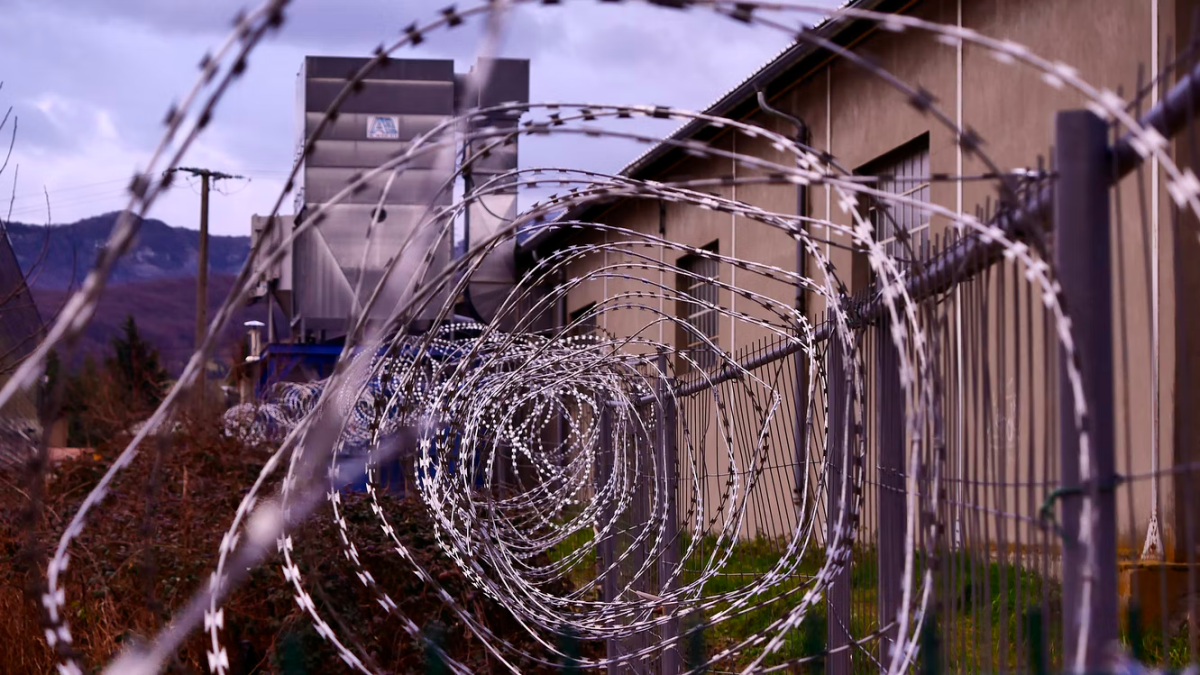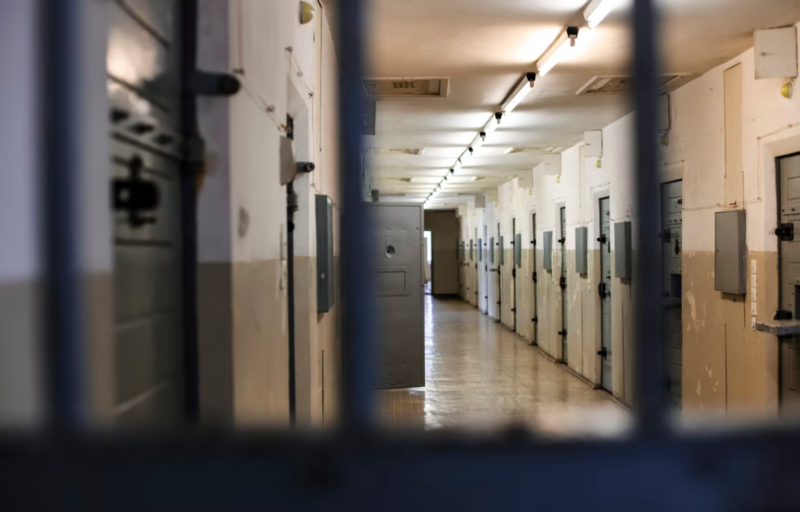When most people think of federal prisons, the first thing that comes to mind is high-security institutions like Alcatraz or The Marion Federal Penitentiary. However, there are a variety of different types of federal prisons, and each one has its own unique set of characteristics and purposes. This blog post will provide an easy guide to understanding the different types of federal prisons.
From minimum security prisons to supermax prisons, we will explore each type of federal prison in detail. So, whether you are facing a federal prison sentence or are simply curious about the different types of federal prisons, read on for all the information you need to know.
Minimum Security Prisons
Minimum security prisons are the most basic and least restrictive type of federal prison. They are also known as camps, which is a term that is used more often in the military. Camps are designed for low-risk inmates who do not need the heightened security measures of other types of federal prisons. Inmates in camps typically have little to no contact with other prisoners, and they are often able to work outside the prison grounds. The defining characteristic of camps is that inmates can leave the facility for approved activities, such as work or education.
Types of Inmates in Camps
The majority of camps are reserved for non-violent offenders with sentences of 10 years or less. The vast majority of inmates in camps are white-collar criminals, such as embezzlers, tax evaders, and fraudsters. Inmates in camps are also typically first-time offenders.
Daily Life in a Camp
Inmates in camps live in dormitory-style housing and are expected to follow a strict daily schedule. Meals are typically served cafeteria-style, and there are limited recreational and educational opportunities available. Inmates in camps typically have very little contact with the outside world and are not allowed to have visitors overnight. They are required to wear uniforms and follow a strict set of rules.
Notable Examples of Camps
There are dozens of camps located throughout the United States, and some of the most notable include the Lompoc Federal Correctional Complex in California and the Eglin Air Force Base Prison Camp in Florida. And, when naming the best federal prison camps, it is impossible to forget the infamous FPC Alderson in West Virginia, which is also known as “Camp Cupcake” due to its relatively relaxed atmosphere and lack of security. However, do not be fooled by the nickname. Camps are still federal prisons and inmates are still expected to follow rules and regulations.
Low-Security Prisons
Low-security prisons are more restrictive than camps, but they are still less secure than high-security prisons. Low-security prisons typically have perimeter fences and inmates are closely monitored. However, inmates in low-security prisons are not considered to be a threat to the public and are not typically violent criminals.
Types of Inmates in Low-Security Prisons
While the majority of camps are reserved for non-violent white-collar criminals, low-security prisons typically house a mix of different types of inmates. In addition to white-collar criminals, low-security prisons also typically house drug offenders, including possession and sale of illegal drugs, property criminals, and inmates with shorter sentences.
Daily Life in a Low-Security Prison
When it comes to the daily life of inmates in low-security prisons, there is more structure and fewer liberties than in camps. Inmates in low-security prisons typically live in double-bunked cells and are expected to follow a set schedule. They are allowed to have visitors, but visitation is typically limited to immediate family members. Low-security prisons also offer a variety of educational and recreational opportunities for inmates.
Notable Examples of Low-Security Prisons
Depending on the state, there may be several low-security prisons available. Some of the more notable examples of low-security prisons include the Federal Correctional Institution (FCI) in Butner, North Carolina, and the FCI in Elkton, Ohio.
Medium Security Prisons
Medium-security prisons are more secure than camps and low-security prisons, but they are not as secure as high-security prisons. Medium security prisons typically have multiple perimeter fences and inmates are closely monitored. Inmates in medium security prisons are typically considered to be a moderate threat to the public and may be violent criminals.
Types of Inmates in Medium Security Prisons
Medium security prisons typically house a mix of different types of inmates. In addition to white-collar criminals, drug offenders, and property criminals, medium security prisons also typically house inmates with longer sentences and more serious offenses.
Daily Life in a Medium Security Prison
Much like in a low-security prison, inmates in a medium-security prison have some freedom to move around within the facility. Inmates generally have a set schedule that they must follow and they are expected to participate in work and/or educational programs. However, unlike in a low-security prison, there is typically less contact with the outside world, and inmates are not allowed to leave the facility for work release or other programs.
Notable Examples of Medium Security Prisons
While every state has at least one medium-security prison, some of the more notable examples include the Federal Correctional Institution (FCI) in Hazelton, West Virginia, and the FCI in Tallahassee, Florida.
High-Security Prisons
This type of facility is also known as a supermax prison. They are the most secure type of federal prison and house some of the most dangerous criminals. Not only are the inmates in high-security prisons considered to be a serious threat to the public, but they are also considered to be a serious threat to other inmates and prison staff.
Types of Inmates in High-Security Prisons
High-security prisons house prisoners who have been convicted of very serious offenses, such as terrorism, murder, and rape. Inmates in high-security prisons are also commonly those who have been convicted of multiple offenses or have attempted to escape from other types of federal prisons.
Daily Life in a High-Security Prison
The daily life of an inmate in a high-security prison is much different than that of an inmate in a camp, low-security prison, or medium-security prison. Inmates in high-security prisons are typically kept in single cells and have very little contact with the outside world. They are typically only allowed to leave their cells for one hour per day, and even then they are closely monitored.
Some federal prisons are only for male inmates, while others are co-ed. There are also some federal prisons that only house inmates who are considered to be low-risk, while others house inmates who are considered to be high-risk. In addition, some federal prisons offer work release programs and other educational and recreational opportunities for inmates, while others do not up to the Federal Bureau of Prisons (BOP) to determine which type of facility an inmate will be housed in.
Notable Examples of High-Security Prisons
The United States Penitentiary Administrative Maximum Facility (ADX) in Florence, Colorado is one of the most notable examples of a high-security prison. Other notable examples include the United States Penitentiary (USP) in Leavenworth, Kansas, and the USP in Atwater, California. Each one of these facilities houses some of the most dangerous criminals in the United States.

As you can see, there are a variety of different types of federal prisons that house a wide range of offenders. The type of facility an inmate is housed in will depend on the offense they were convicted of, as well as their personal history. It is important to remember that not all inmates in federal prison are violent criminals; in fact, many are serving time for nonviolent offenses such as drug crimes. No matter what the offense may be, all inmates in federal prison are guaranteed certain rights and protections. If you have any further questions about these rights or protections, you should contact a qualified attorney and /or the Federal Bureau of Prisons so that you can get the answers you need.












